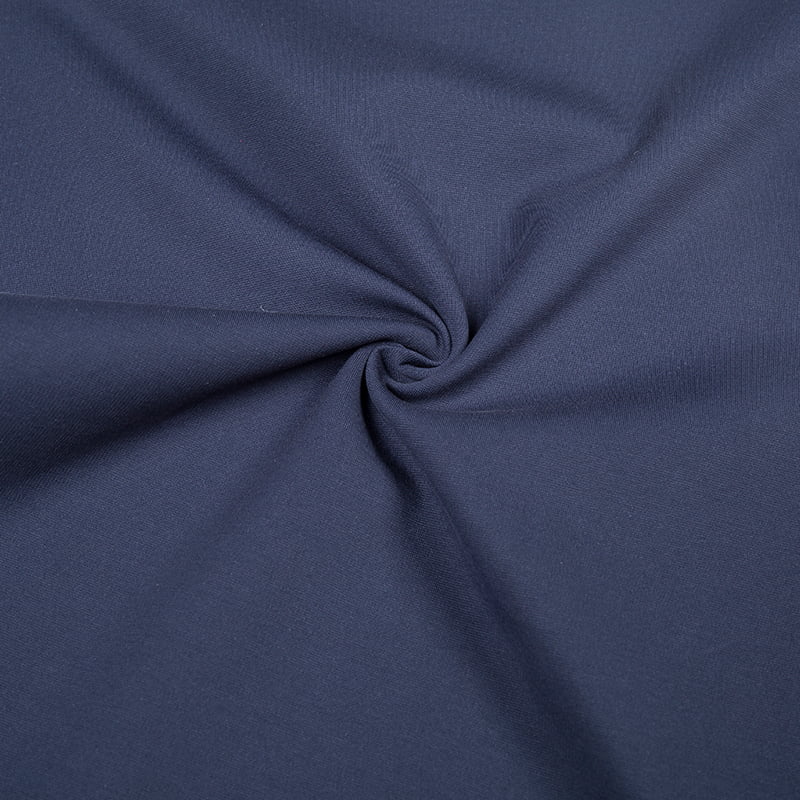
The emerging trend of 3D printed double-sided Roman Cloth is poised to significantly influence consumer preferences in several ways, shaping their perceptions, expectations, and purchasing behaviors.
Customization and Personalization:
3D printing technology allows for intricate and customizable designs to be incorporated into double-sided Roman Cloth. Consumers will have the opportunity to personalize their garments with unique patterns, textures, and even three-dimensional elements. This level of customization appeals to consumers seeking individuality and self-expression in their fashion choices.
Innovative Aesthetic Appeal:
The use of 3D printing in double-sided Roman Cloth introduces novel aesthetic possibilities, such as sculptural textures, geometric patterns, and intricate surface details. Consumers attracted to avant-garde and experimental fashion will be drawn to these innovative designs, appreciating the artistic and futuristic appeal of 3D printed textiles.
Enhanced Functional Features:
Beyond aesthetics, 3D printed double-sided Roman Cloth can offer enhanced functional features tailored to consumer needs. For instance, 3D printed patterns can be strategically placed to provide targeted support, ventilation, or insulation in specific areas of the garment. Consumers seeking performance-oriented apparel will value these functional benefits.
Sustainability and Eco-Friendliness:
3D printing technology allows for precise material usage, reducing waste compared to traditional manufacturing methods. Additionally, the ability to use recycled or eco-friendly materials in 3D printing further aligns with consumers' growing interest in sustainable fashion. Environmentally-conscious consumers will be attracted to 3D printed double-sided Roman Cloth for its eco-friendly credentials.
Experiential Shopping and Co-Creation:
The advent of 3D printed double-sided Roman Cloth opens up possibilities for experiential shopping experiences where consumers can actively participate in the design process. Brands may offer co-creation platforms or in-store customization stations where consumers can collaborate with designers to create unique garments. This hands-on approach enhances consumer engagement and fosters a sense of ownership over the final product.

Educational and Technological Appeal:
The integration of 3D printing technology into double-sided Roman Cloth aligns with consumers' interest in technological innovation and craftsmanship. Consumers intrigued by the intersection of fashion and technology will be drawn to 3D printed textiles for their educational and technological appeal, appreciating the craftsmanship and technical expertise involved in their production.
Perceived Value and Exclusivity:
3D printed double-sided Roman Cloth represents a fusion of cutting-edge technology and artisanal craftsmanship, imbuing garments with a sense of novelty and exclusivity. Consumers may perceive these garments as high-value investments due to their innovative production process and unique design features, driving demand among fashion-forward and discerning shoppers.


 English
English 中文简体
中文简体











